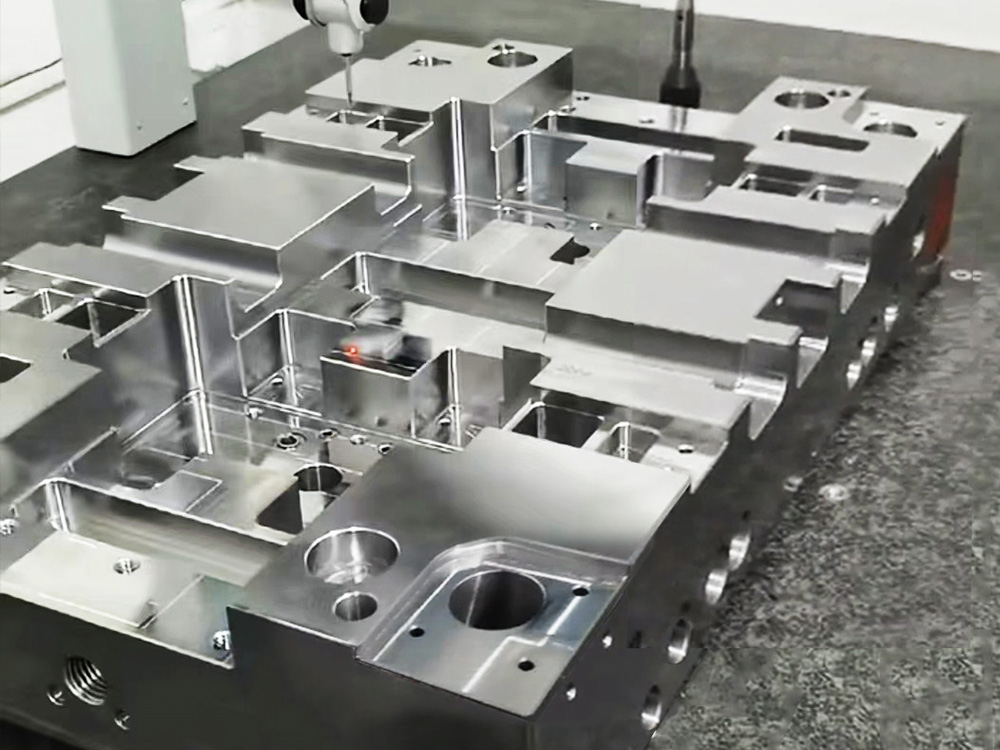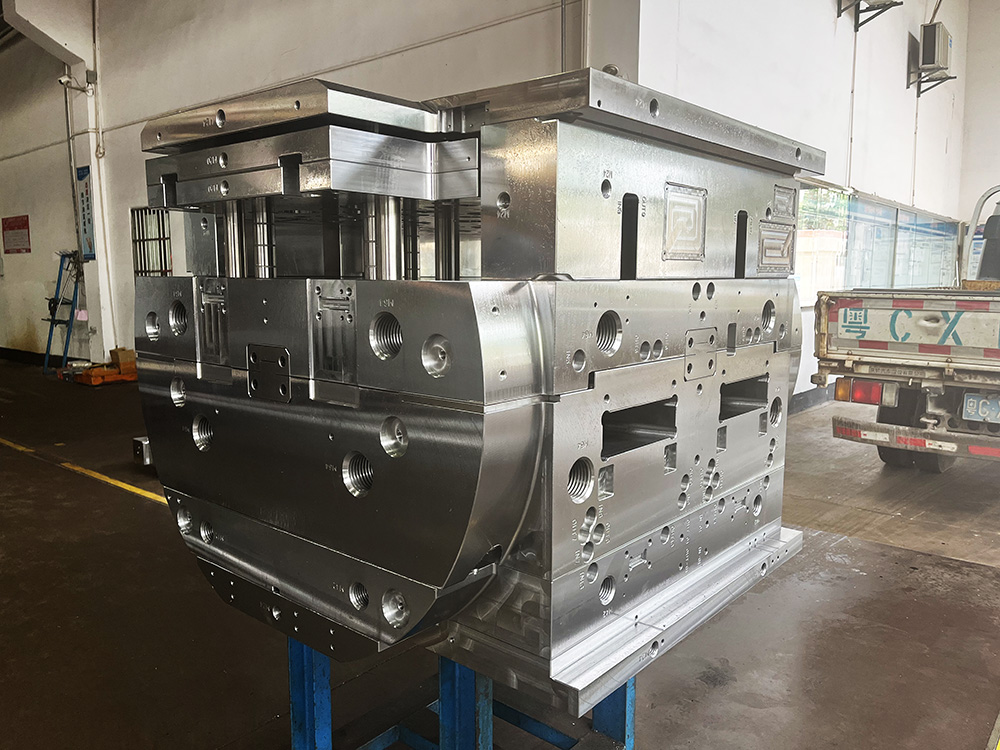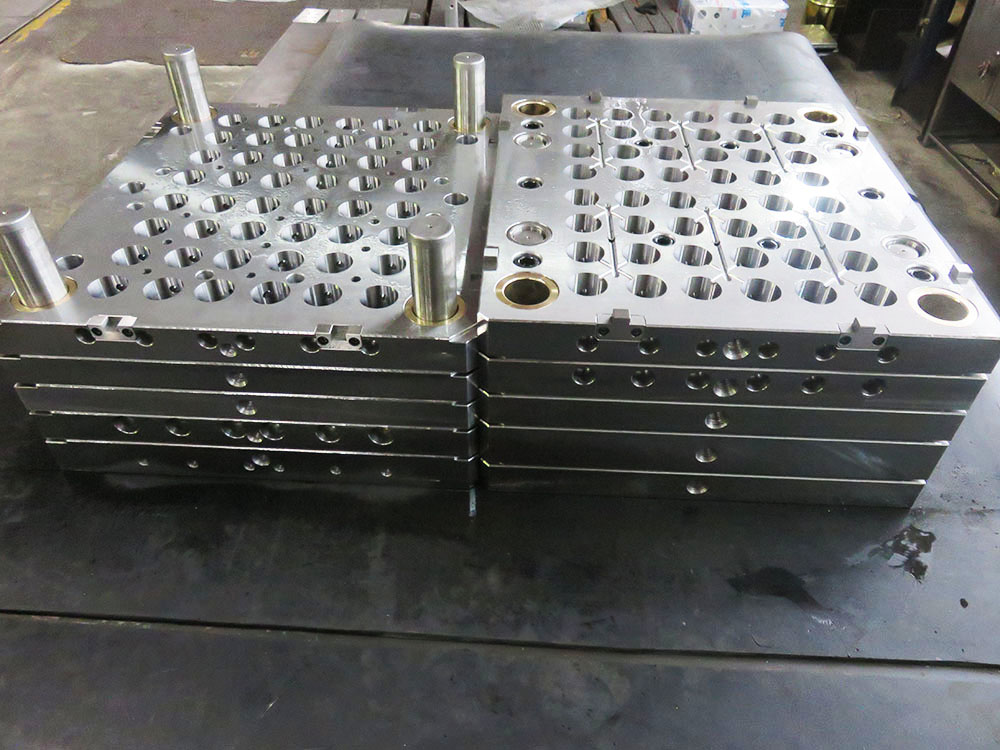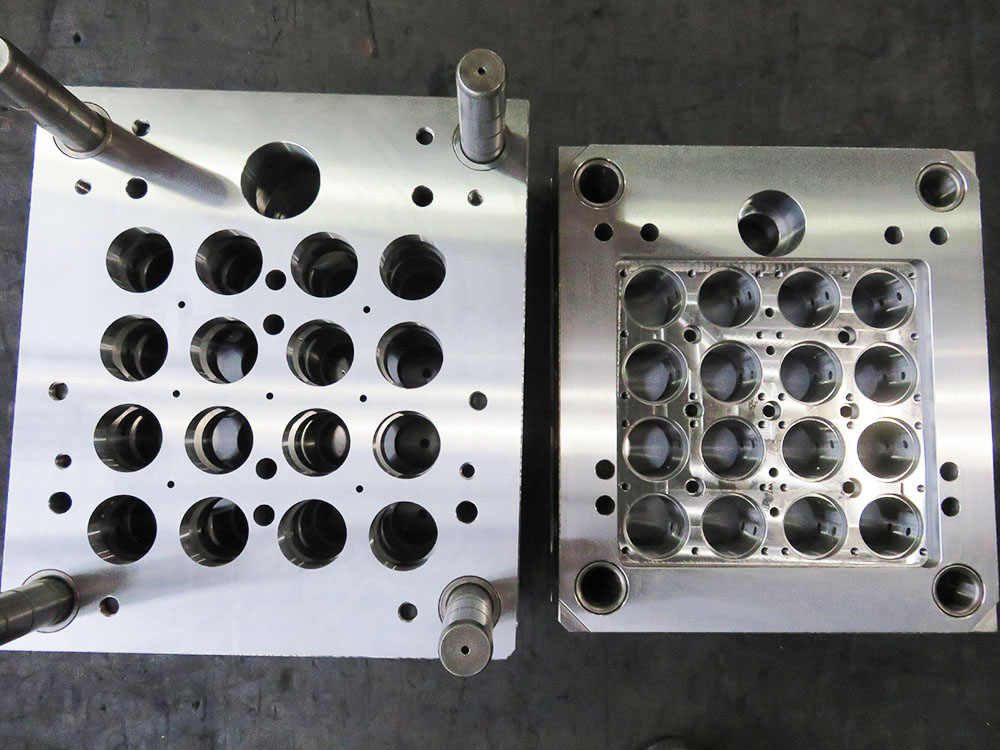How to Calculate Elevation of Support Beams in the Mold Base Industry
Support beams play a critical role in the mold base industry, providing the necessary structural stability for molds and ensuring accurate and precise mold operation. Calculating the elevation of support beams is essential to ensure proper alignment and functionality of the mold. In this article, we will discuss the step-by-step process of calculating the elevation of support beams in the mold base industry.
Step 1: Determine the Mold Base Design
Before calculating the elevation of support beams, it is crucial to have a clear understanding of the mold base design. This includes knowing the overall dimensions, the number of cavities, and the intended mold operation.
Step 2: Identify the Load Distribution
Support beams need to handle the load distribution exerted by the mold. This load can vary depending on factors like the material being molded, the mold size, and the injection pressure. Analyze the load distribution and identify the areas where the support beams will experience maximum load.
Step 3: Determine the Required Load-Bearing Capacity
Based on the load distribution analysis, determine the required load-bearing capacity of the support beams. This will depend on various factors such as the material used for the support beams, the safety factor, and the expected lifespan of the mold. Consult engineering standards and guidelines to ensure accurate calculations.
Step 4: Calculate the Beam Dimensions
Once the required load-bearing capacity is determined, calculate the beam dimensions. This includes considering factors such as the material strength, the beam span, and the desired deflection limits. Use engineering formulas and guidelines specific to the material being used to calculate the appropriate beam dimensions.
Step 5: Analyze the Mold Base Structure
Analyze the mold base structure to determine the points at which the support beams will be attached. Consider factors such as the mold base material, the support beam attachment method, and the accessibility for maintenance and repairs. Take accurate measurements and assess the structural integrity of the mold base.
Step 6: Determine the Beam Positioning
Based on the mold base structure analysis, determine the positioning of the support beams. This involves deciding the exact locations where the support beams will be placed to evenly distribute the load and provide optimal support. Consider any obstructions or interfering components that may affect the positioning.
Step 7: Consider Elevation Factors
Factors like thermal expansion, material shrinkage, and mold deflection can affect the elevation of support beams over time. Account for these factors when calculating the initial elevation and consider appropriate allowances to ensure long-term stability and functionality of the mold.
Step 8: Finalize the Elevation Calculation
Combine all the calculated values and measurements to finalize the elevation calculation of the support beams. Double-check all the calculations to ensure accuracy, and make any necessary adjustments based on practical considerations, such as mold manufacturing and assembly processes.
In conclusion, calculating the elevation of support beams in the mold base industry requires a systematic approach that considers mold design, load distribution, beam dimensions, mold base structure, beam positioning, elevation factors, and final calculations. By following this step-by-step process, mold manufacturers can ensure the proper alignment and functionality of their molds, contributing to the overall success of the mold base industry.




